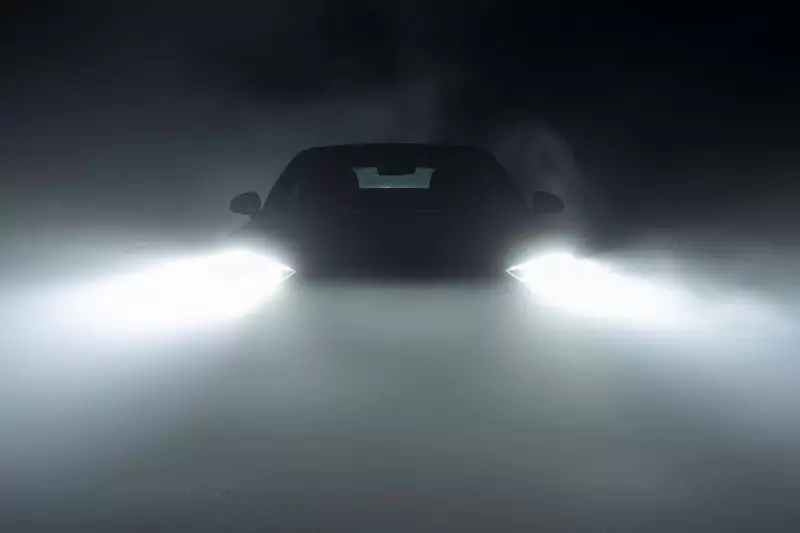
British drivers are raising the alarm over what many describe as 'dangerously bright' modern car headlights, with new research revealing the startling impact on road safety across the UK.
The Blinding Truth: What the Research Shows
A comprehensive survey conducted by the RAC has uncovered that an overwhelming 89% of affected drivers believe some vehicle headlights are now excessively bright. More concerning is that 91% of these motorists report being regularly dazzled by oncoming traffic, even when headlights appear to be correctly aligned.
The problem has become so widespread that 74% of drivers admit they regularly struggle to see properly after being dazzled, with many requiring several seconds for their vision to fully recover - a dangerously long time when travelling at speed.
Why Are Modern Headlights So Intense?
The shift from traditional halogen bulbs to modern LED and xenon headlight technology lies at the heart of the issue. While these newer systems offer significant advantages in visibility for the driver using them, they present new challenges for other road users.
Mike Bowen from the College of Optometrists explains: 'The blue light emitted by many modern headlights scatters more within the eye, creating more glare. This effect is particularly pronounced for older drivers and those with certain eye conditions.'
Government Under Pressure to Act
The Department for Transport is now facing mounting pressure to review current regulations. Despite existing international standards governing headlight brightness and alignment, many drivers and safety advocates argue these rules haven't kept pace with technological advances.
RAC spokesman Rod Dennis states: 'There's no question that brighter headlights help drivers see further ahead, but our research confirms they cause significant problems for others. We urgently need the government to take a fresh look at the rules.'
Who's Most at Risk?
Certain groups are disproportionately affected by the glare problem:
- Older drivers: Age-related vision changes make recovery from glare slower
- Motorcyclists and cyclists: Elevated headlights from SUVs directly impact their eye level
- Drivers with astigmatism: The condition causes light to scatter more within the eye
- Rural commuters: Poorly lit country roads intensify the glare effect
Practical Solutions for Affected Drivers
While awaiting potential regulatory changes, experts recommend several strategies to reduce glare impact:
- Use the 'night' setting on your rear-view mirror to dim following vehicles
- Focus on the left-hand side of the road when approached by bright headlights
- Ensure your windscreen is clean inside and out to minimise light scatter
- Consider anti-glare glasses for night driving if particularly affected
- Regular eye examinations to identify any underlying vision issues
As nights grow longer during winter months, the headlight glare debate is set to intensify, with safety campaigners and frustrated drivers alike calling for action before more accidents occur.





